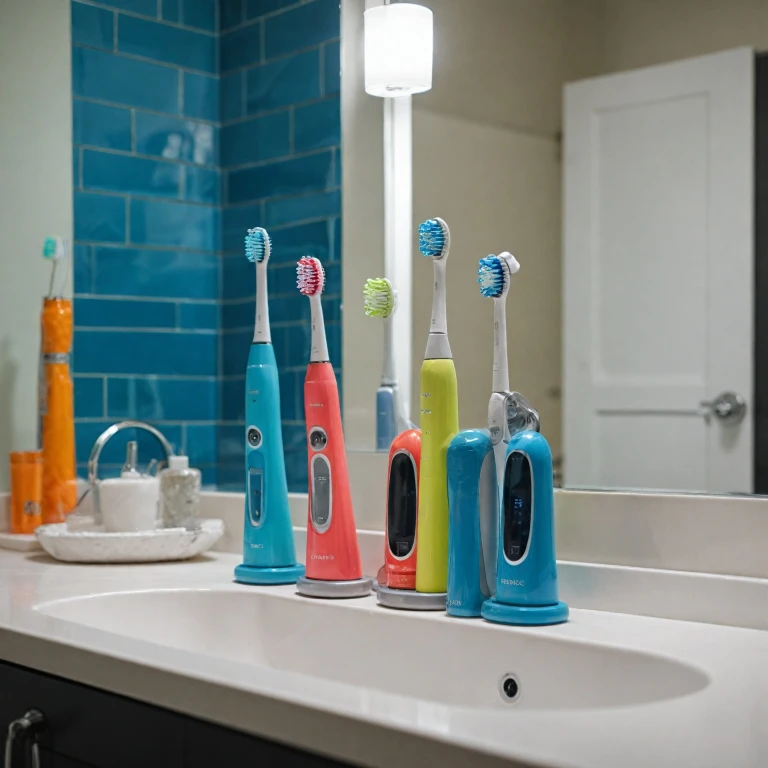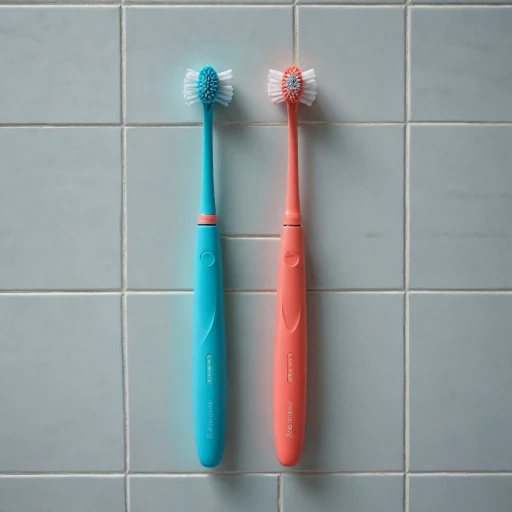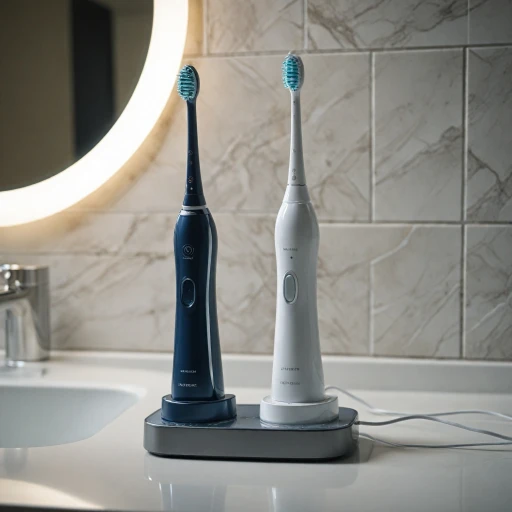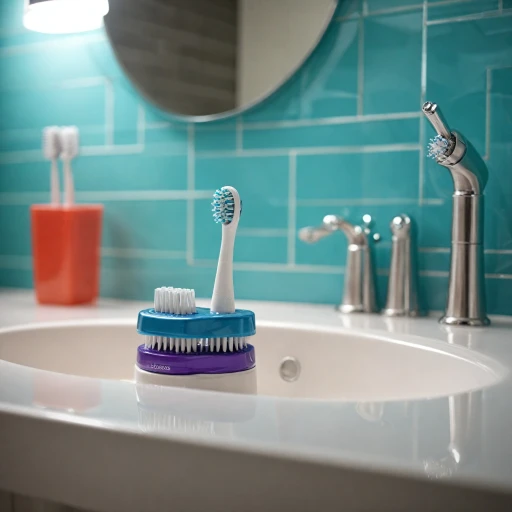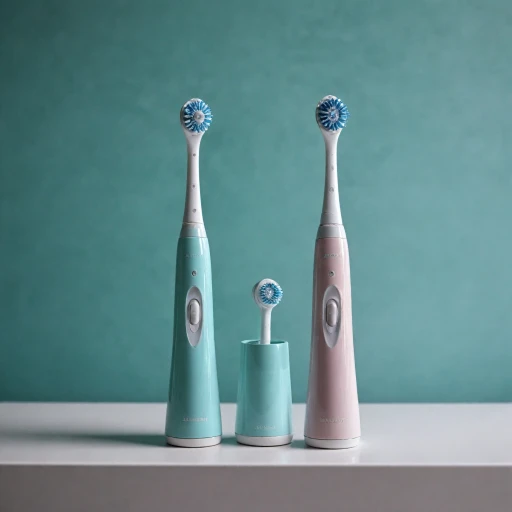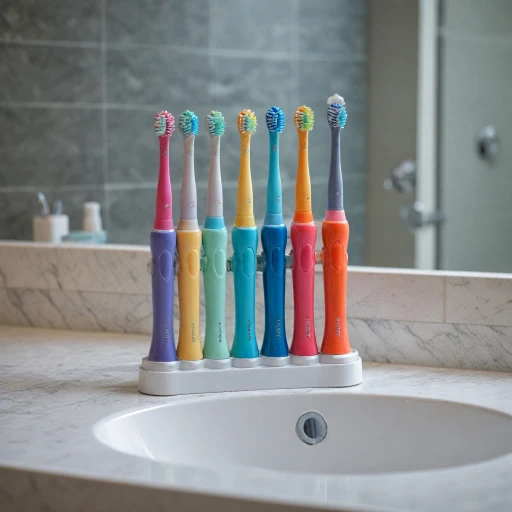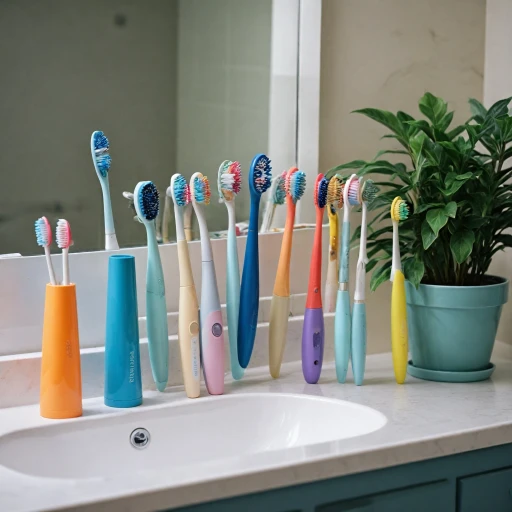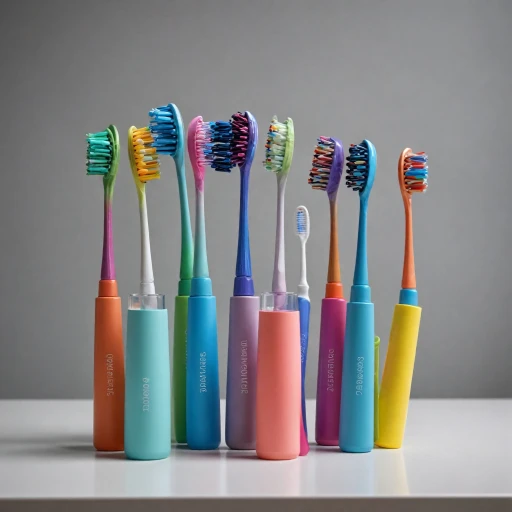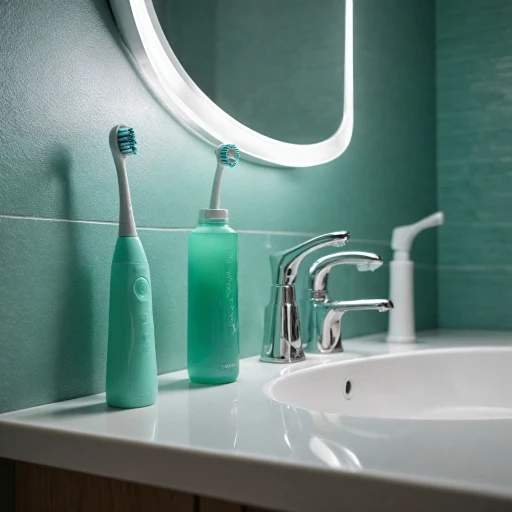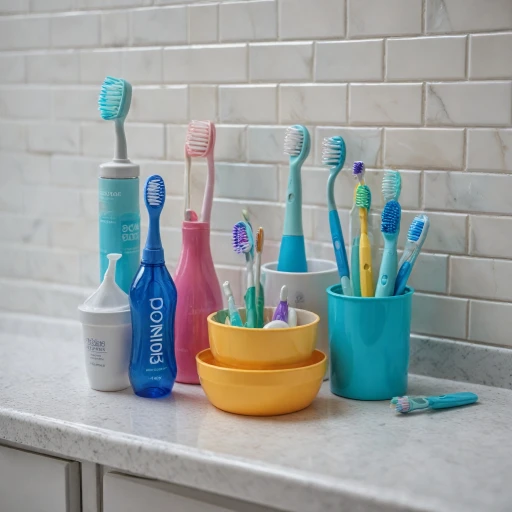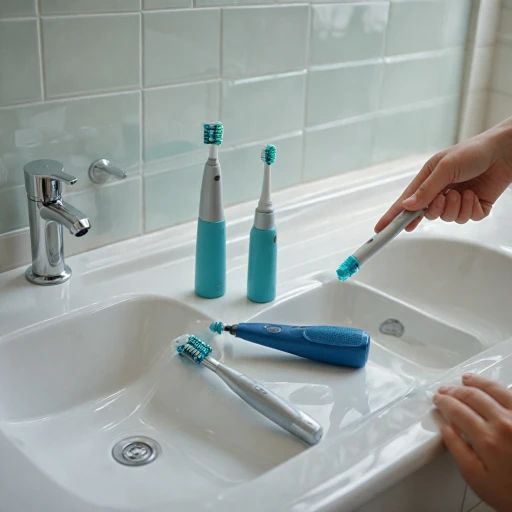
What is a Sonic Toothbrush?
Delving into Sonic Toothbrush Technology
Sonic toothbrushes have revolutionized the way we approach dental hygiene, with their high-frequency vibrations and advanced cleaning capabilities mesmerizing oral care enthusiasts worldwide. These brushes, such as the well-regarded Sonic Brush Evaluations, operate by using sonic technology to produce vibrations that result in rapid, yet gentle brushing movements.
Notably, sonic toothbrushes are designed to perform thousands of strokes per minute, far surpassing the capabilities of manual brushes. This high-speed brushing mechanism effectively aids in breaking up plaque and improving dental health, striking a crucial balance between effectiveness and safety.
Renowned brands like Philips Sonicare exemplify the best in sonic technology, offering a wide range of products that cater to different oral care needs. These sonic toothbrushes boast advanced features like a timer, multiple brushing modes, and brush heads specifically engineered for optimal cleaning efficiency. Their unique combination of power and finesse ensures a superior clean, ensuring that your teeth and gums remain healthy and vibrant.
Furthermore, sonic toothbrushes are lauded for their ability to reach difficult areas of the mouth thanks to their sonic waves that can clean even in-between teeth and along the gum line. Consider integrating a sonic toothbrush into your routine if you are seeking a high-standard electric solution that prioritizes comfort and dental health.
In the ever-evolving search for better oral care solutions, sonic toothbrushes stand out for their scientifically backed method of maintaining a clean and healthy smile. The pursuit of excellent dental health can be significantly advanced by choosing the right kind of sonic toothbrush that suits your personal preferences and oral care demands.
Understanding Electric Toothbrushes
Exploring the World of Electric Toothbrushes
Electric toothbrushes have made a significant impact in the realm of oral hygiene, offering users an innovative approach to tooth care. They operate using various mechanisms like oscillating, rotating, and ultrasonic technology to provide thorough cleaning experiences. But what exactly makes these appliances stand out, and how do they compare with the widely-discussed sonic electric toothbrushes?
Traditional electric toothbrushes usually feature rotating or oscillating brush heads which move in circular or back-and-forth motions to help remove plaque and prevent cavities. Their brush heads often come with soft bristles for effective, yet gentle cleaning on teeth and gums. Different models may come with varying speed settings, allowing users to customize their brushing experience to suit their dental needs.
Among the leading brands, Philips Sonicare has made strides with their sonicare series, combining the advantages of electric brushing with sonic technology. However, regular electric toothbrushes such as those utilizing standard oscillating and rotating technology may still suffice for many users, especially those seeking budget-friendly options without compromising cleanliness. They offer impressive features at competitive prices, often including built-in timers to ensure users brush for the recommended two minutes.
Given their wide availability, electric toothbrushes might be the go-to option for those new to power-brushing, offering a solid balance between effective oral care and value. Choosing from the multitude of electric brushes can seem daunting at first, but understanding your own oral health needs can guide you towards the toothbrush better suited for your dental hygiene routine.
Comparing Cleaning Efficiency
Evaluating the Effectiveness of Cleaning Techniques
When it comes to maintaining oral health, the effectiveness of your toothbrush is crucial. Both sonic and electric toothbrushes aim to clean teeth thoroughly, but they achieve this in different ways, each having unique advantages. Sonic toothbrushes operate at high frequency, relying on rapid side-to-side brushing motions. This generates vibrations at thousands of strokes per minute, agitating the toothpaste and water to create tiny bubbles. The movement allows the brush to reach areas beyond the bristles' direct contact, which can enhance cleaning efficiency and help in removing plaque. On the other hand, traditional electric toothbrushes often use an oscillating-rotating action. They rotate the brush head to dislodge plaque and food particles from dental surfaces, contributing to a comprehensive cleaning. These brushes function well in reaching the gum line, which is a common area for plaque build-up. While both toothbrushes are designed to enhance oral care, studies suggest the sonic toothbrushes, such as those from the Philips Sonicare series, can be more effective due to their ability to deliver more brush strokes per minute compared to standard electric models. A clinical trial indicated significant benefits in plaque reduction for users of high-frequency electric sonic models. Ultimately, the choice may come down to personal preference as well as the needs specific to your dental health. Regular use of both types has been shown to improve oral hygiene and maintain dental health. Referring to exclusive features or your individual comfort may help identify which toothbrush might serve you better in achieving clean teeth every day.User Experience and Comfort
User Interaction and Feel During Use
When considering the perfect toothbrush, user experience plays a crucial role. One of the main attributes sought after is comfort during use, which can vary quite significantly between sonic and electric toothbrushes.
The sonic toothbrush, often associated with high-frequency vibrations, is known for its gentle yet effective cleaning action. Brands like Philips Sonicare have popularized these with their innovative approaches. The rapid strokes per minute help to create microbubbles that reach even tight dental spaces, providing a thorough clean without rigorous effort. Users often describe their sensation as a humming vibration rather than an aggressive mechanical action.
On the other hand, many electric toothbrushes employ an oscillating-rotating mechanism. This means that the brush head itself moves back and forth, offering a distinctive cleaning aspect that can feel more of a scrubbing action, which some find more satisfying. Electric models in the Sonicare series aim to merge the best aspects of both types, but individual preference often dictates which feels better.
Brush head design and size contribute to user comfort, with options allowing for customization based on mouth size and sensitivity. Sonic brushes typically come with a standard electric brush head or tailored alternatives for specialized needs. Switching between these can alter the overall brushing experience significantly, and it’s here that user feedback often becomes invaluable.
Finally, what mustn’t be overlooked is the health impact of choosing the right brush type. Both technologies aim to improve oral care, reduce plaque buildup, and enhance overall dental health. Choices in brush can thus directly correlate to personal comfort in achieving these goals, further influencing user satisfaction.
Cost and Value Considerations
Balancing Costs Against Benefits
As we venture into the realm of electric and sonic toothbrushes, understanding the cost implications can greatly influence your choice. The price spectrum varies widely, often aligned with the features, technology, and brand reputation.
A standard electric toothbrush can range from budget-friendly models to more advanced versions with additional features. These may include pressure sensors and timers, which cater to different dental needs. In contrast, sonic toothbrushes, such as those from the Philips Sonicare series, often carry a slightly higher price tag due to their advanced technology and patented sonic-technology, designed to dislodge more plaque through high frequency brush strokes.
Many users find that the long-term benefits of investing in a high-quality brush, such as a sonic or Philips Sonicare brush, justify the initial cost. These devices tend to improve oral care by effectively reducing plaque and maintaining dental health, thereby potentially saving money on future dental procedures.
When considering replacement costs, factor in the need for brush heads, which require periodic replacement to maintain optimal cleanliness and health. While sonic brushes might come with a higher initial cost, their brush heads are comparably priced to standard electric brushes.
Ultimately, choose a toothbrush that not only fits your budget but also aligns with your oral care priorities. Consider clinical trial results, personal user experiences with different models, and brand reliability before making a decision. Whether it’s a more affordable oscillating rotating electric toothbrush or a sophisticated sonic electric model, your focus should remain on value for your dental health.
Choosing the Right Toothbrush for You
Making the Best Choice for Your Oral Health
When it comes to selecting the perfect toothbrush, considering various factors can guide you towards the best option for your oral care needs. Here's a handy breakdown to help you decide:- Personal Preferences and Teeth Sensitivity: Some users might prefer the gentle high frequency vibrations of sonic toothbrushes, like the Philips Sonicare, for a more comfortable experience, especially if they have sensitive teeth or gums. Others might find the oscillating rotating action of standard electric toothbrushes to be just as effective in cleaning teeth and removing plaque.
- Overall Oral Health Goals: If your primary goal is to achieve a deep clean and reduce plaque buildup, an ultrasonic or sonic electric toothbrush could be the way to go. These brushes, backed by numerous clinical trials, are known for their strokes per minute efficiency in oral care.
- Budget Considerations: Cost is always a factor. Electric toothbrushes vary widely in price, with some models offering more advanced features at a higher cost. Consider the long-term value and whether the benefits justify the price.
- Brush Head Options and Replacement Costs: Check the availability and price of replacement brush heads. Some models, like the Philips Sonicare series, may have brush heads that are more readily available, ensuring you can maintain your dental cleaning routine without any hassle.
- Technology and Features: Some people might prioritize advanced features such as real-time feedback, multiple brushing modes, or a built-in timer. Observing which features align with your preferences can lead to better brushing outcomes.
